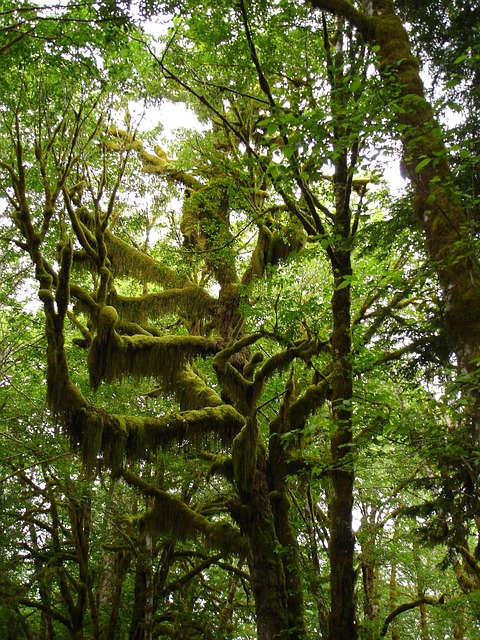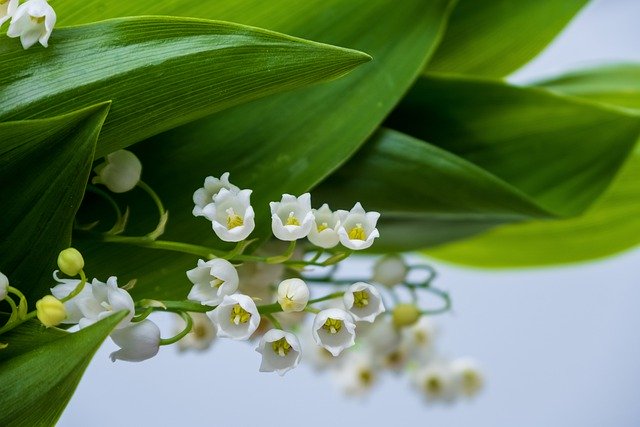Louie Schwartzberg – author, time-lapse photographer, cinematographer, producer, and director – has developed a series of podcasts that bring science and nature together in a very personal way and opens our minds and hearts to nature’s beauty and power. His podcast series titled Wonder and Awe is available on his website, Spotify, and iTunes.
I first came across Louie Schwartzberg in 2016 when I heard his stunning TED Talk on Nature, Beauty, and Gratitude which featured his movie Gratitude. I was inspired by Louie’s capacity to engender wonder and awe through time-lapse photography of nature. He maintained that nature cultivates gratitude and mindfulness. Louie’s website, Moving Art, has a collection of his movies, mindfulness-based blog posts and other resources designed to develop appreciation of the beauty and invaluable resource that nature provides. You can view his videos that depict emotional states that are developed as we grow in mindfulness, e.g., courage, forgiveness, connection, patience, creativity, happiness, and gratitude. Louie argues that being fully present in nature can be healing and life changing.
Music and nature – developing wonder, awe, healing, and creativity
In a recent Wonder and Awe podcast Louie interviewed Lisbeth Scott – singer, composer, and songwriter – who is famous for her musical scores for movies such as Avatar and The Chronicles of Narnia as well as her singing and song writing featured on Spotify. In the far-ranging and enlightening interview Louie explored Lisbeth’s musical inspiration, her composition techniques and the exceptional breadth and depth of her musical knowledge, awareness, and sensitivity.
During the interview, Louie shared snippets of music compositions by Lisbeth, including music that they collaborated on such as the soundtrack for his film on Machu Picchu, one of his many films featured on the Netflix series, Moving Art, which is now in Season 3.
They discussed the healing power of music and its ability to release emotions and transport people into a world of wonder, awe, and joy. Lisbeth mentioned that she is inspired not only by nature itself, but also by images of nature, other images, and conversations – as she hears it all as music playing it in her head. In her compositions she attempts to track the visuals with matching music “to take people on a journey”. Both Lisbeth and Louie agreed that the creative process at some stage involves “letting go” – letting inspiration and intuition take over.
Lisbeth thought as a child that she could not sing – in fact, she used to hide in a cupboard to sing. Her rich and adaptive vocal capacity was discovered by a friend and was influential in her being engaged By Hans Zimmer to provide the vocals for a movie – and her music career and her association with movies began at that point. As Chris James points out we are all born with a musical instrument – our bodies as natural resonators – and a beautiful voice that needs to be uncovered and discovered.
Reflection
The power of nature and music to generate wonder and awe is enhanced when two people of the calibre of Lisbeth and Louie collaborate – a world famous composer and musician collaborating with the creative genius of an outstanding time-lapse photographer and filmmaker. Both sought out nature and its unique sounds, such as the sounds of river water, as children. Louie contends that his own intimacy with nature has convinced him that “immersion in nature increases our capacity for courage, creativity, kindness and compassion”.
Nature and music can enable us to grow in mindfulness and enrich our lives in every dimension. Lisbeth and Louie provide the medium for us to experience nature and music in a uniquely integrated way.
_________________________________________
Image by Susann Mielke from Pixabay
By Ron Passfield – Copyright (Creative Commons license, Attribution–Non Commercial–No Derivatives)
Disclosure: If you purchase a product through this site, I may earn a commission which will help to pay for the site, the associated Meetup group and the resources to support the blog.









